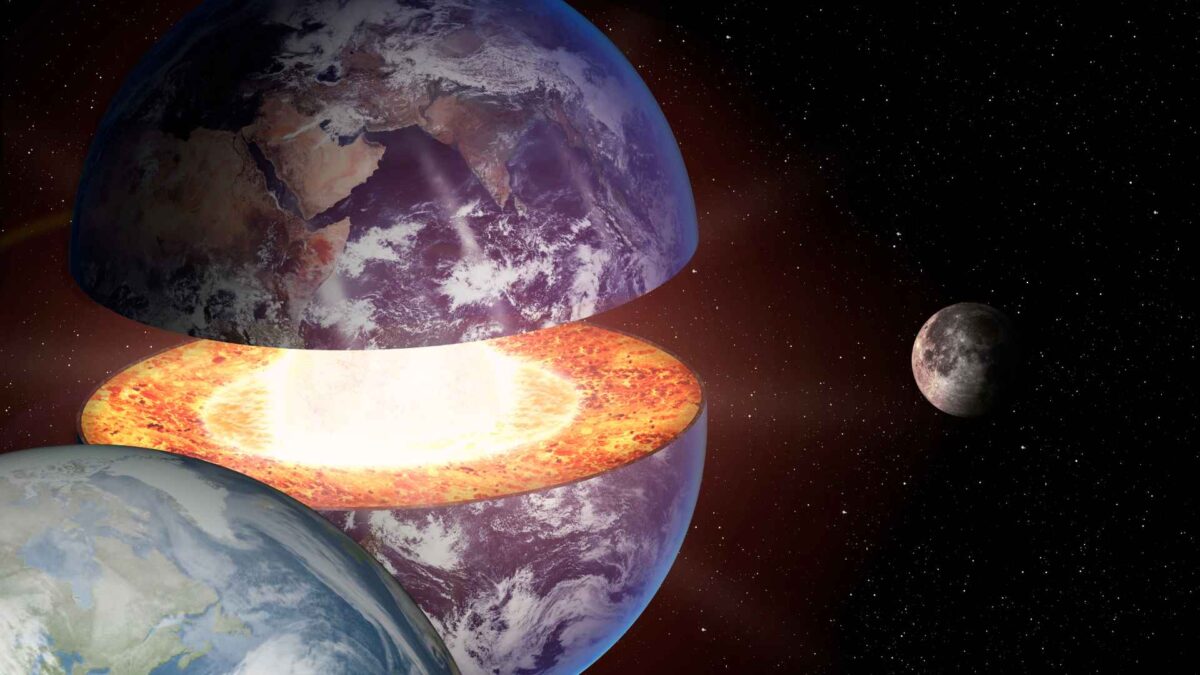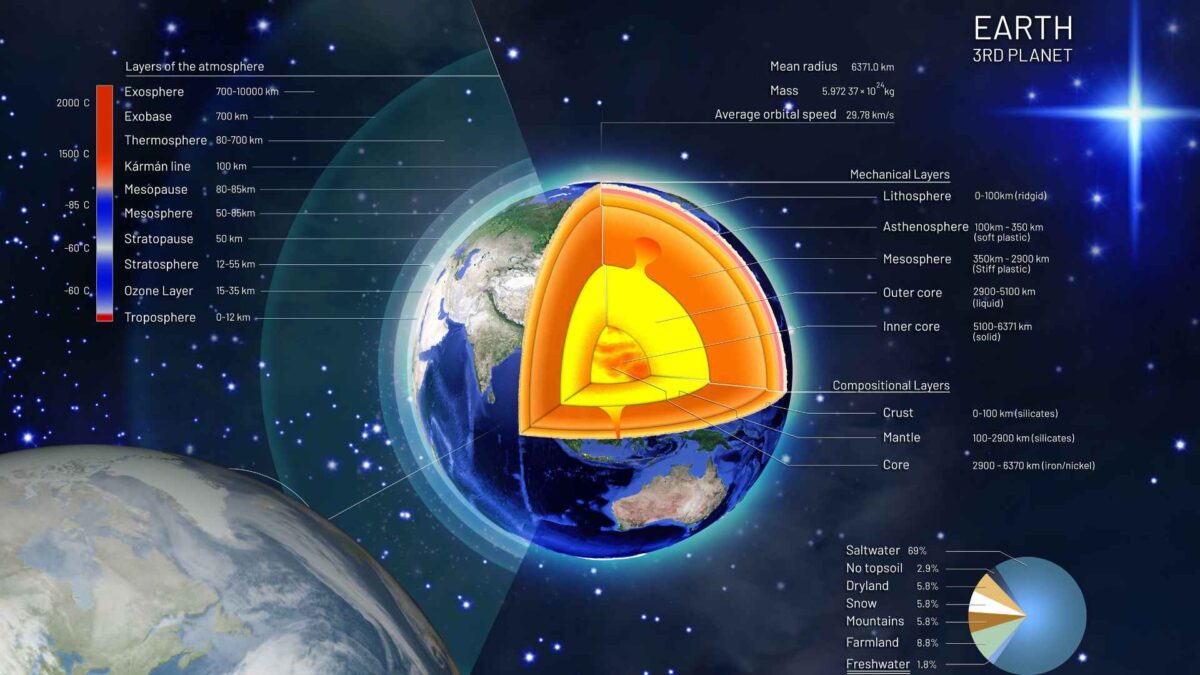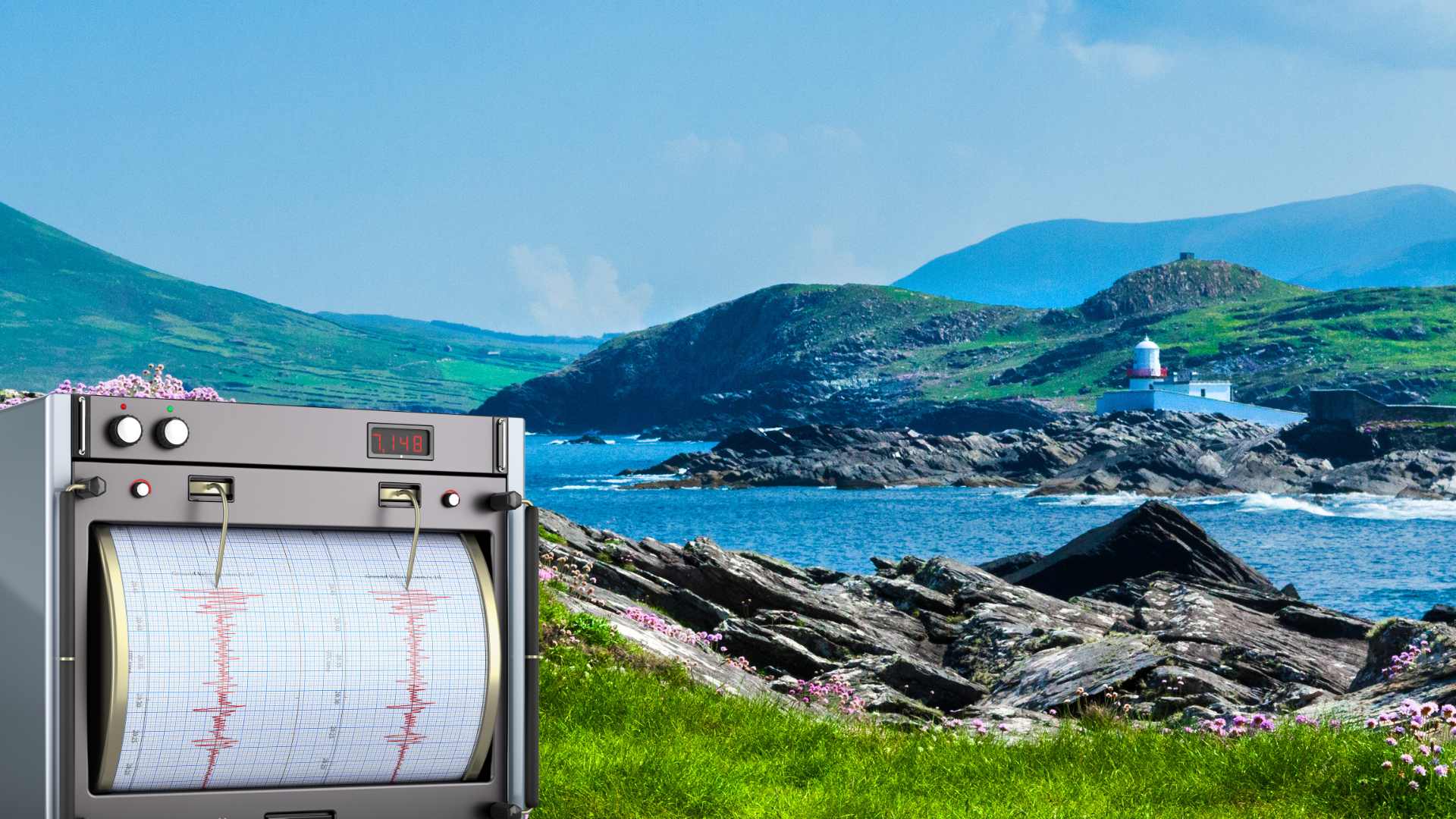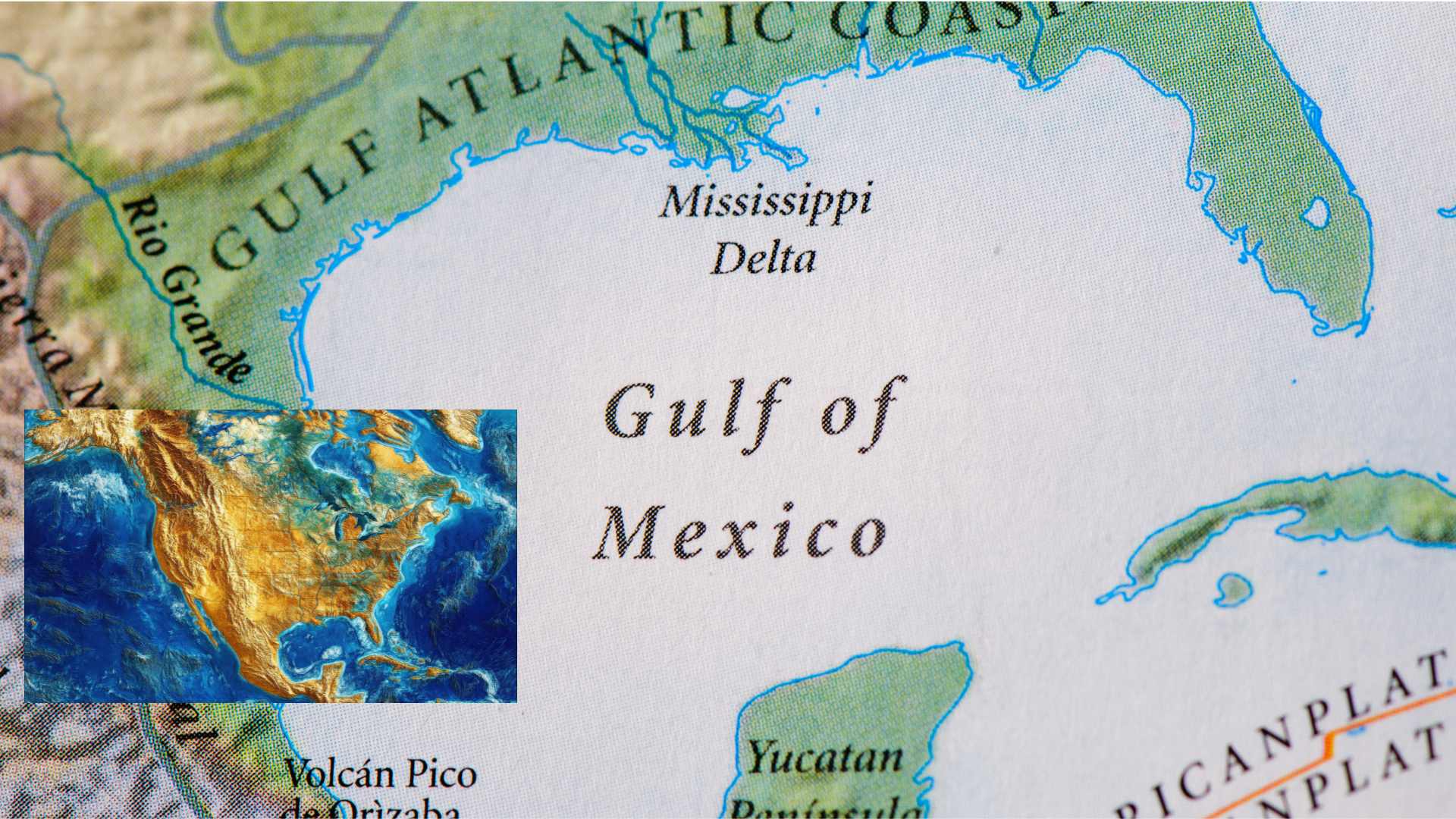
Research reveals secret ingredient in Earth’s core

Carbon may have played a decisive role in the formation of Earth’s inner core, according to new research that sheds light on one of the planet’s deepest mysteries.
A team from the University of Oxford, University of Leeds and University College London has found that the inner core could only have begun to crystallise if it contained about 3.8 per cent carbon. The discovery, published in Nature Communications, suggests that carbon is more abundant at the heart of the Earth than previously thought.
The inner core is a solid iron-rich sphere at the centre of the planet, slowly growing as the surrounding molten outer core cools and freezes. Scientists have long debated how and when this freezing began, with estimates ranging from more than two billion years ago to less than half a billion years ago.
Previous models indicated that pure iron would need to be cooled by up to 1,000 degrees Celsius below its melting point before crystallisation could start, a scenario that would have led to a vastly oversized inner core and a collapse of the Earth’s magnetic field.

The new study used high-powered computer simulations to test how elements such as silicon, sulphur, oxygen and carbon would affect the freezing process. Silicon and sulphur were found to make freezing harder. Carbon, by contrast, made it easier.
With 3.8 per cent carbon, the conditions matched what is observed today – an inner core that has grown steadily without destabilising the planet’s magnetic field.
Lead author Dr Alfred Wilson of the University of Leeds said the findings reveal “how atomic-scale processes control the fundamental structure and dynamics of our planet”.
The results suggest that without carbon, the inner core may never have formed, and the Earth as we know it could have developed very differently.









